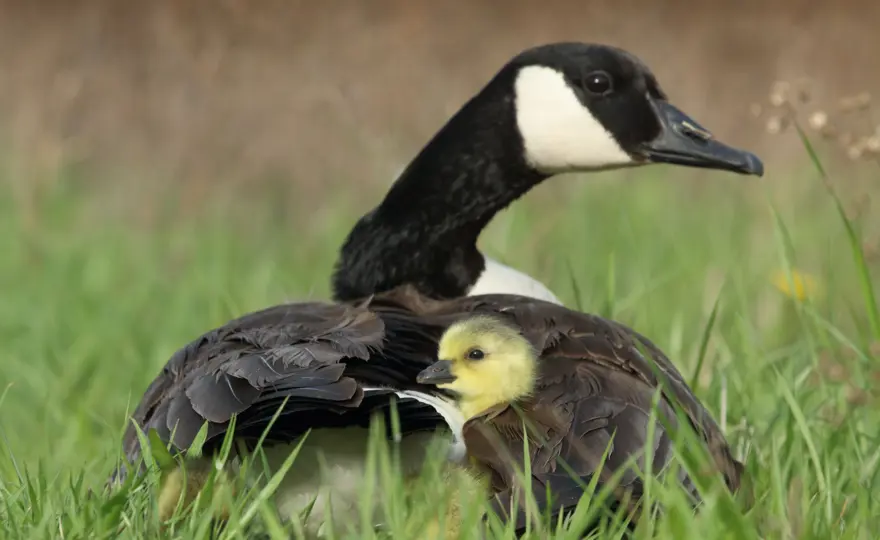ClientEarth Communications
16th November 2016


An EU Directive is a type of legislation ‘directed’ at the Member States, which sets out an objective that each must attain domestically.
In order to do this, Member States are legally bound to transpose EU Directives into their own national law.
The two key directives on wildlife and nature conservation are:
The Directives are the means by which the EU meets its obligations under the Bern Convention and Bonn Convention.
The Birds Directive is one of the oldest pieces of EU legislation on the environment. It was adopted in 1979 and amended in 2009.
The Habitats Directive was adopted in 1992.
There are a number of UK laws flowing from these directives and they have been amended a number of times since they came into force.
The Birds Directive provides a framework for the conservation of 500 wild bird species in Europe. In the UK, this is achieved legally through several different statutes.
The Directive places great emphasis on the protection of habitats for endangered and migratory species of wild birds.
The Habitats Directive promotes the maintenance of biodiversity. It focuses on the conservation of a range of rare or threatened species – both plants and animals – and habitats.
Member States use two main tools – species protection and protected areas – to ensure that natural habitats and wild species listed in the directive are not lost.
Together with the Birds Directive, it forms the cornerstone of Europe’s nature conservation policy.
It also established the EU wide Natura 2000 ecological network of protected areas.
The directives protect animal and plant species and the habitats which support them, through the establishment of Natura 2000 sites.
Natura 2000 is the largest network of protected areas in the world. It aims to ensure the long-term survival of Europe’s most threatened species and habitats across Europe, both on land and at sea.
Other relevant legislation from the EU that the UK must abide by includes:
The Great Repeal Bill will ‘bank’ all existing EU derived legislation, incorporating it into UK law. This includes the Nature Directives, and other directives listed above.
That said, it has been announced that legislation will only be kept ‘where practical’, so there is not a 100% guarantee that all legislation will be kept in British law.
Andrea Leadsom, Secretary of State for the Environment, announced that only two-thirds of environmental legislation will be directly retained by the Great Repeal Bill. This puts the UK’s environmental laws – and therefore the UK’s environment – at risk of lower levels of protection.
In addition, under the Great Repeal Bill some environmental legislation will be reviewed and amended or repealed completely. This could also pose a risk to nature in the UK.
Under a ‘soft’ Brexit, the UK will remain in the European Economic Area (EEA). This means that the UK will still be obliged by the terms of the EEA agreement to comply with the majority of EU derived environmental law (including the Water Framework Directive and the Environmental Impact Assessment Directive).
However, the UK won’t have to comply with the Nature Directives. Due to this, the Nature Directives will be more vulnerable to review or amendment.
Under a ‘hard’ Brexit, it is unknown whether the UK will still be obliged to comply with any particular EU environmental laws.
Whilst the UK will still have international commitments regarding wildlife protection – in particular the Bern Convention, on which the Habitats Directive is based – these are a bit weaker in both substance and enforcement than the Habitats Directive.
Recent reviews of the Nature Directives by both the UK Government and the European Commission have shown them to be fit for purpose, but this does not guarantee their status under either a hard or a soft Brexit.
The Department for Environment, Food and Rural Affairs announced earlier this year that they would publish a 25 year plan for the environment.
The detail – and therefore the impacts – this will have on UK nature is still unclear. That said, it is clear that the plan is an opportunity to set out a pathway for the UK to protect and enhance its natural environment, whatever the type of future relationship with the EU.
Read what ClientEarth and other nature campaigners think about how the plan should be framed, and how to keep the plan alive for 25 years here.